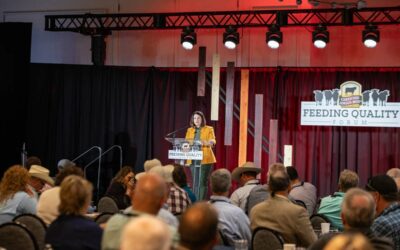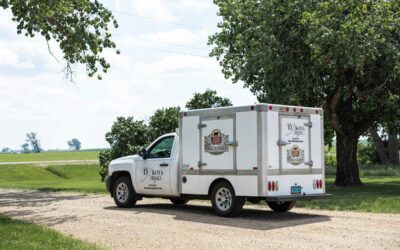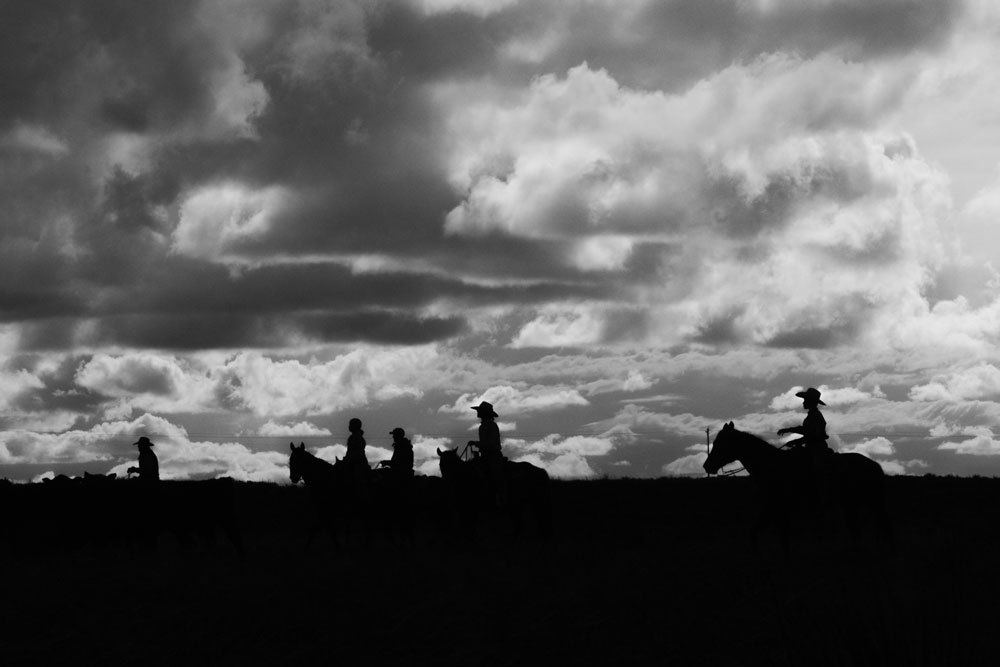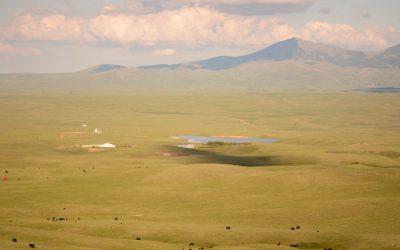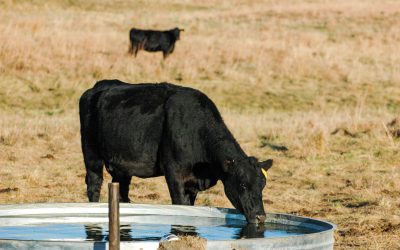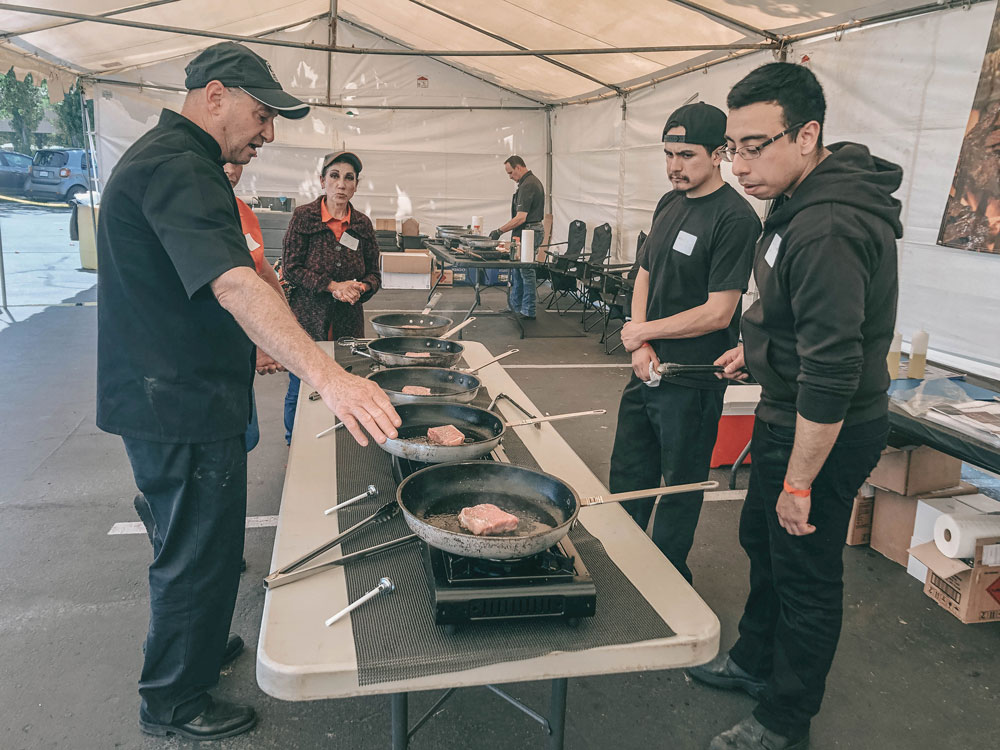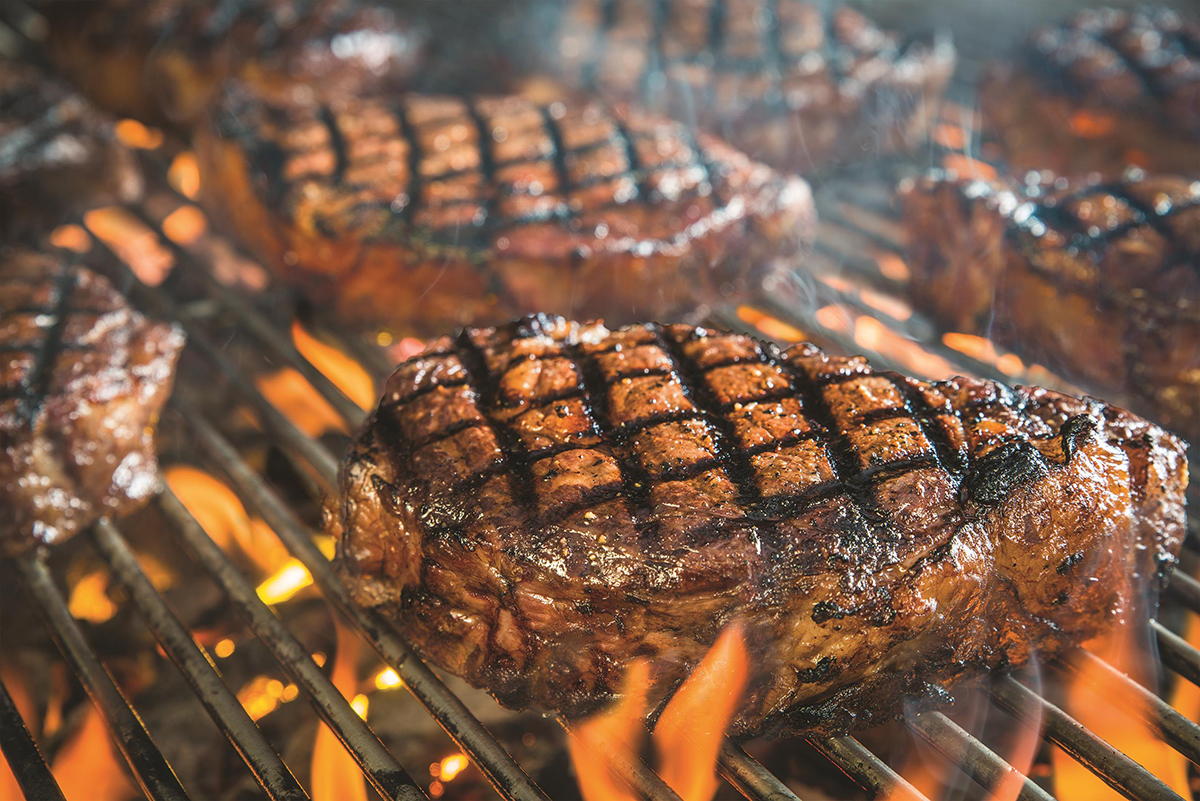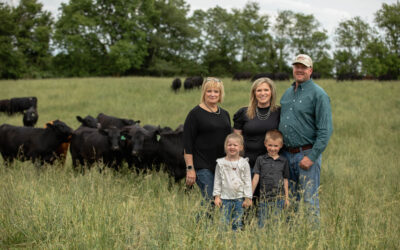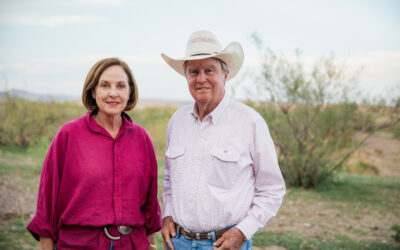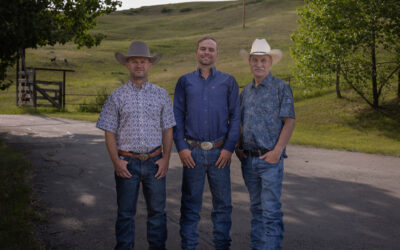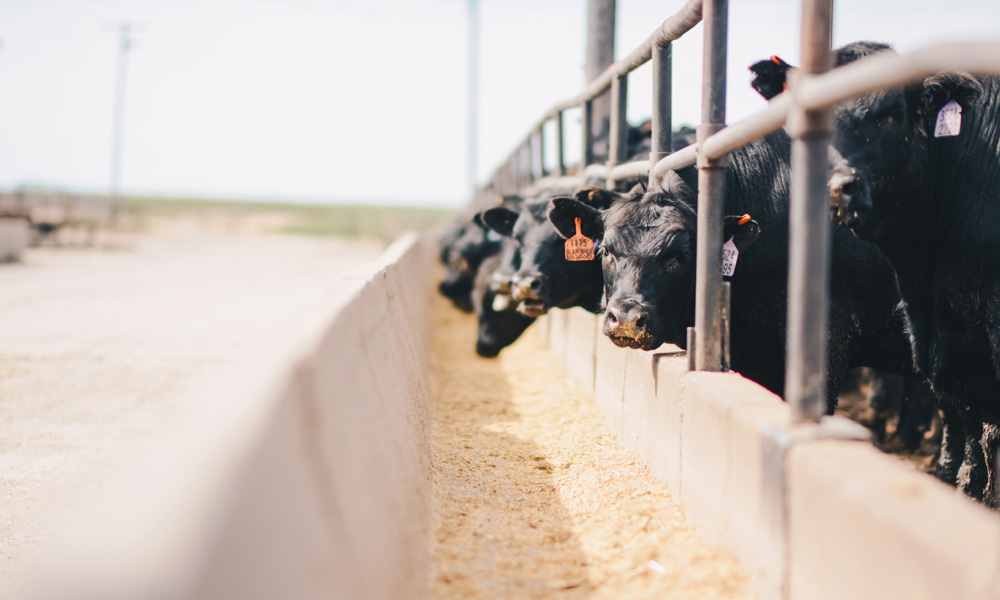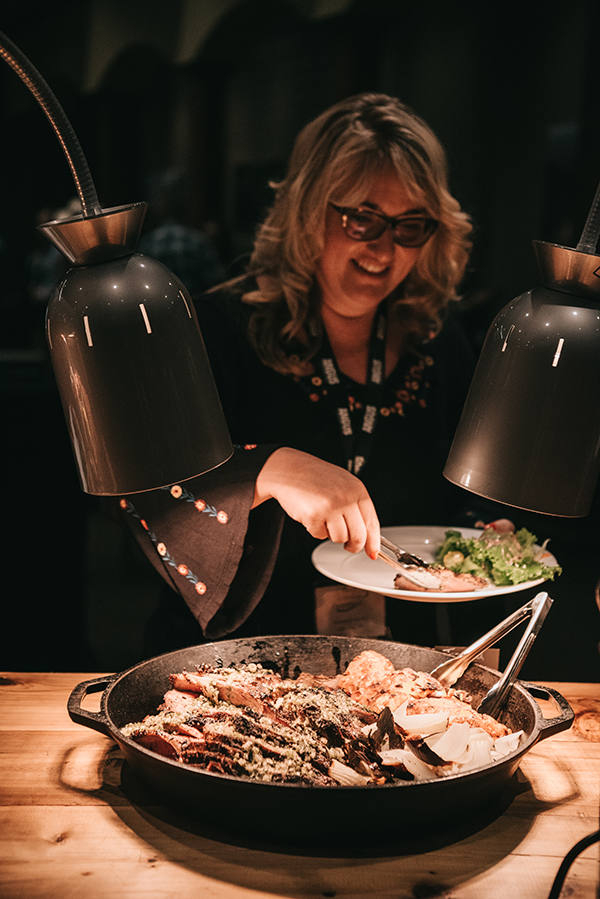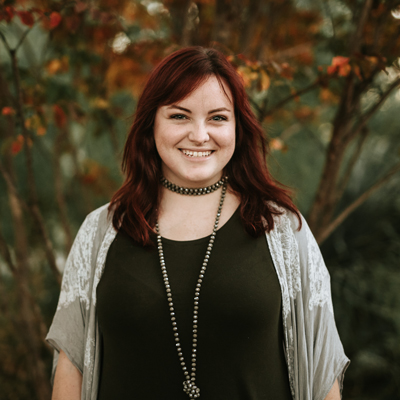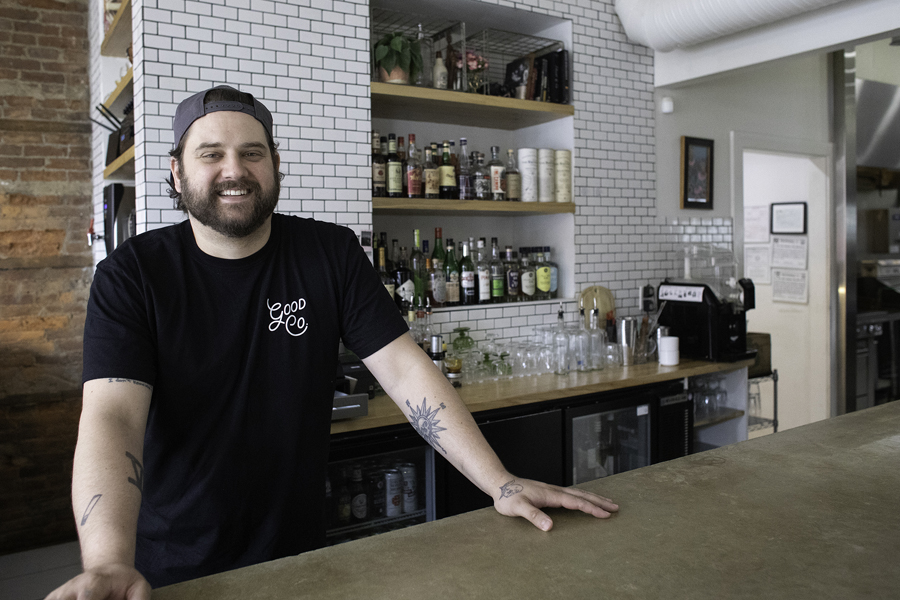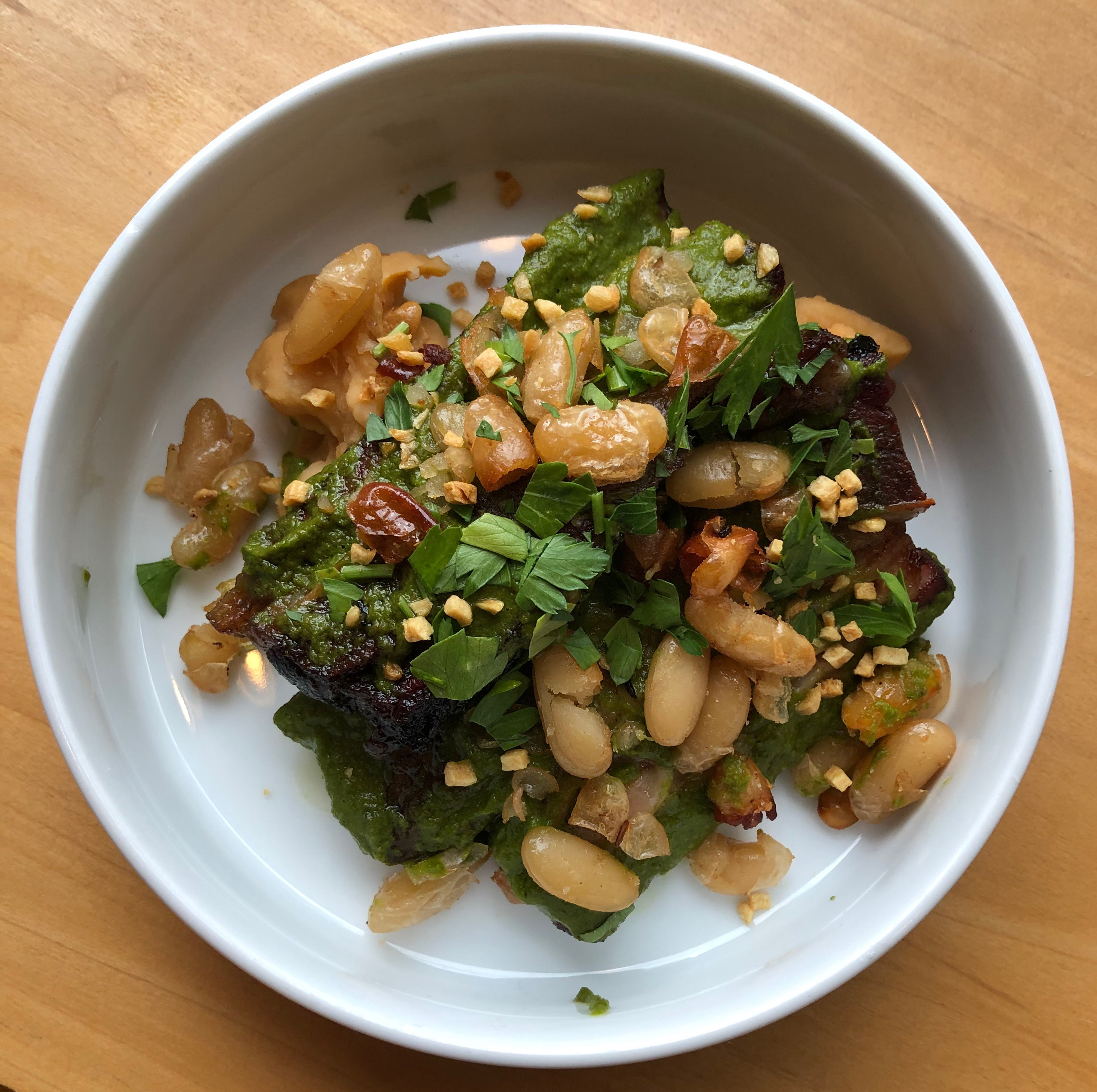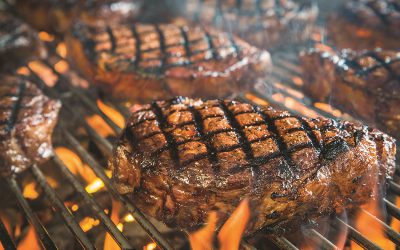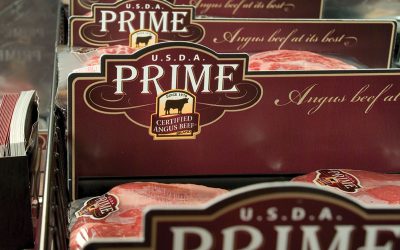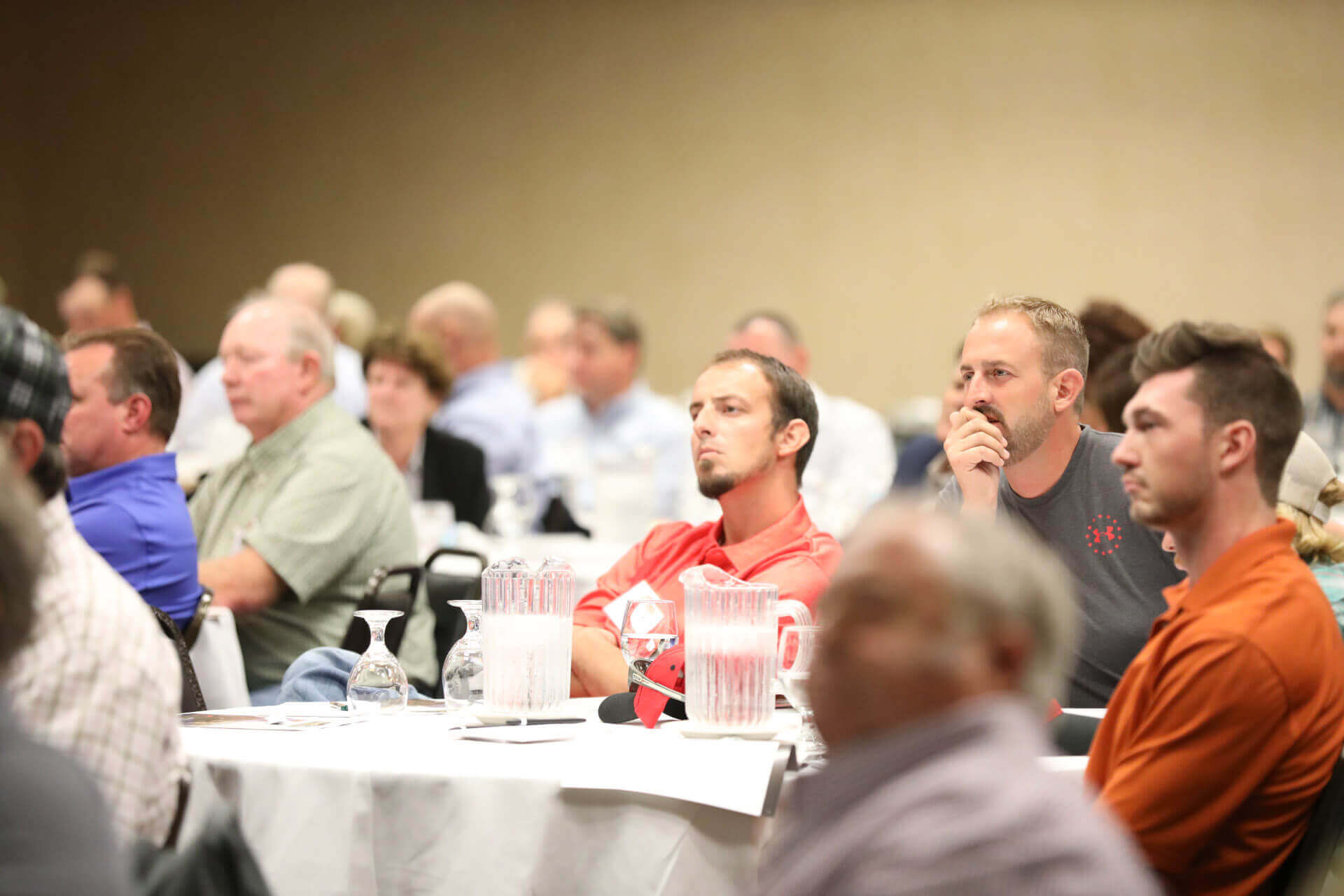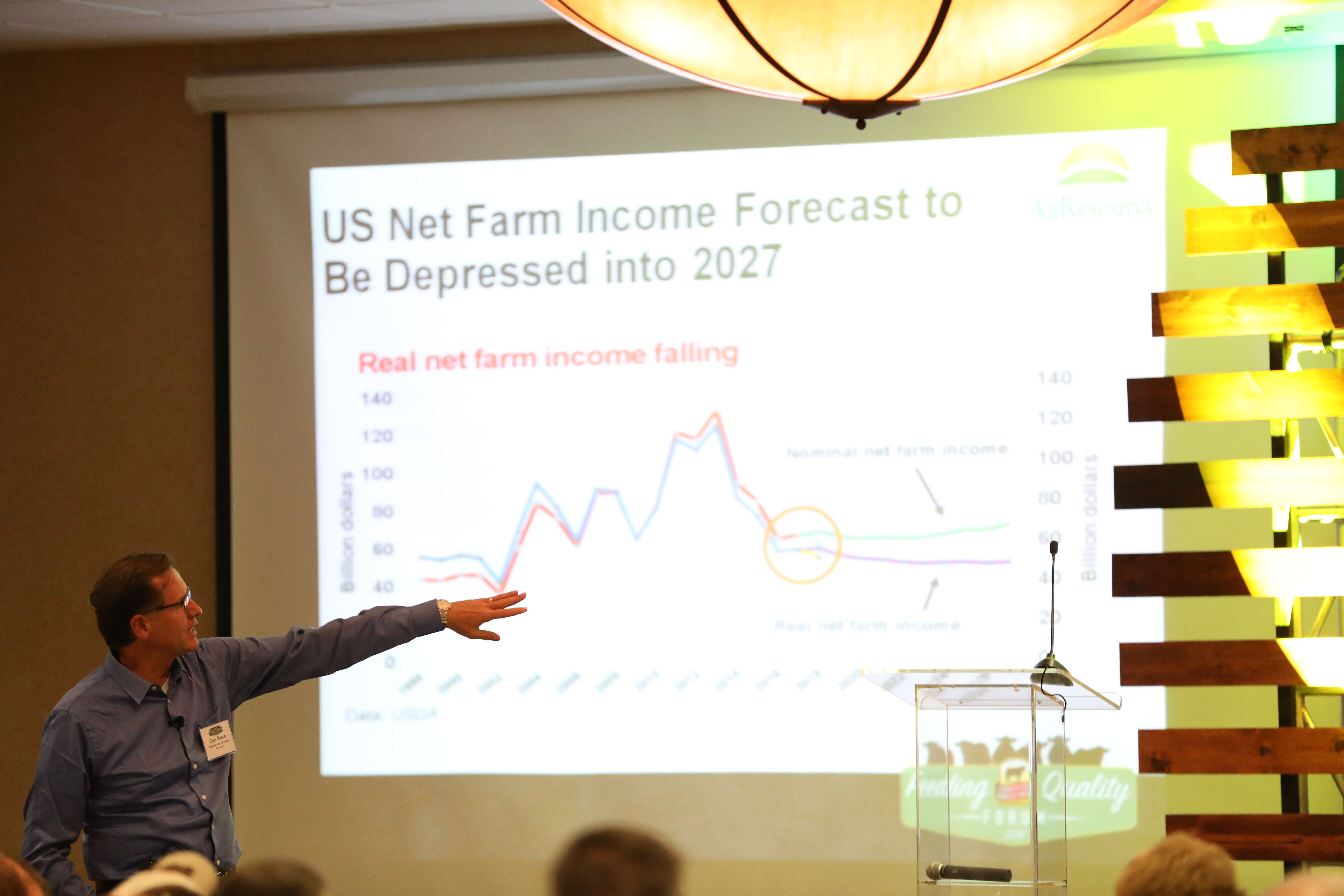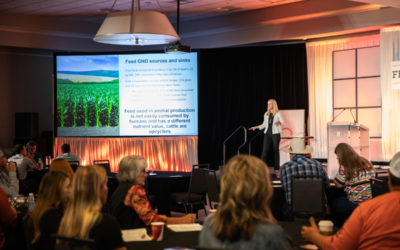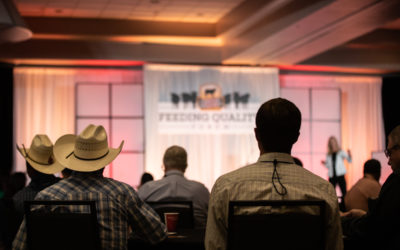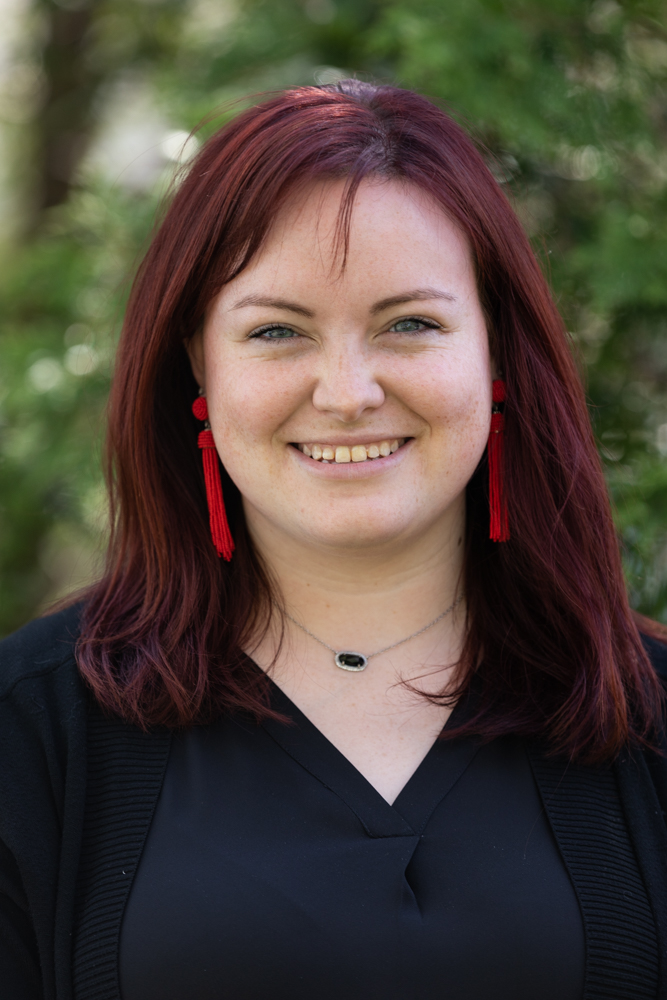
Connealy helps keep CAB wheels rolling
by Chelsea Dinterman
September 20, 2015
Fifth-generation Nebraska rancher Jerry Connealy brings a lifetime of experience to his role as chairman of the Certified Angus Beef LLC (CAB) board of directors.
Growing up on the Sandhills ranch near Whitman that his great-great-grandfather homesteaded, Connealy took classes to learn how to artificially inseminate (AI) cows before he learned to drive. He watched his father purchase their first Angus cattle and slowly helped him build their registered herd.
He came back to the ranch in the 1970s with his animal science degree from the University of Nebraska and focused more attention on the Angus herd.
“Since then, I’ve grown the numbers significantly,” he says.
A supporter of the Certified Angus Beef ® brand in general since its inception in 1978, Connealy decided five years ago to run and was elected to serve on the board. It was an educational as well as leadership experience, he says.
“In 2014, I made a trip to Wooster (Ohio) and really delved into the inner workings of what CAB was and its pull-through effect in the market,” Connealy says. “It wasn’t really until then that I realized how big it was and how impactful it was on my business and on my customers’ business.”
Last November, Connealy was elected board chairman for a year.
“I was honored to be chosen,” he says. “My expectations for the year were high because I was aware of how supportive the team has been, but those expectations have been more than met.”

To hear him tell it, the rancher simply presides over meetings, confers with CAB President John Stika and “acts as a cheerleader” for the brand.
“The leadership team at CAB is more than capable without me,” Connealy says. “In this position, and as a seedstock producer, I do everything I can to allow CAB to grow.”
To hear Stika tell it, Connealy has continuously pushed the brand to focus on the future, challenging leaders to keep innovation in their approach.
“Jerry is a firm believer that there is always room for improvement,” Stika says. “His forward-looking leadership exemplifies the phrase, ‘don’t put off until tomorrow what you can do today’.”
“The brand has benefited from his support to foster a healthy sense of urgency,” he adds. That means identifying, vetting and then pursuing any opportunities that can better position CAB “for continued success to deliver greater benefit to registered Angus breeders.”
Connealy typically takes little credit but shares excitement about progress the brand has made during his term.
“It has been a privilege to work with the team and see the inner workings at CAB,” he says. “Acceptance rates for the brand have been at an all-time high and product continues to move out the door. Those are the things that make me smile.”
The rancher doesn’t see an end to growth.
“The sky is the limit,” he says. “We’re going to continue to set records and grow, and tap into those future customers who don’t yet know about CAB. I see the brand as a huge wheel that struggled to get turning, but now that it is turning, it’s going to be hard to stop.”
When his term ends in November, Connealy will keep translating his years of board experience to active support on his family ranch.
“I’m going to put the pressure on high marbling genetics,” he says. “And I’ll be educating my producer customers with what that means, because driving commercial operations toward quality makes us all profitable.”
you may also like
Building Bonds
A dozen members of the Meijer communications team arrived to experience, first hand, how the beef they sell in their stores is raised. They touched and felt and tasted and smelled every aspect of the cattle business from the delicious flavor of Certified Angus Beef ® ribeyes to the slippery sensation of you-know-what on their shoes. Questions of every nature were asked and answered by true cattlemen and champions for CAB, Bruce, Scott and Andrew Foster.
Feeding Quality Forum Shares Market Outlook, Path to Meeting Demand
The beef demand success story of the past is also the industry’s roadmap for the future, said speakers at this year’s Feeding Quality Forum. The program covered everything from current market conditions and technology to price forecasts and advancements on the horizon.
Certified Angus Beef Launches Direct-to-Consumer Program
Could your freezer beef carry the CAB logo? Perhaps. With the launch of a new program. Ranch to Table, a direct partnership program between CAB and cattle operations using Angus genetics, allows ranchers to use the brand’s trusted reputation for increased gain.


